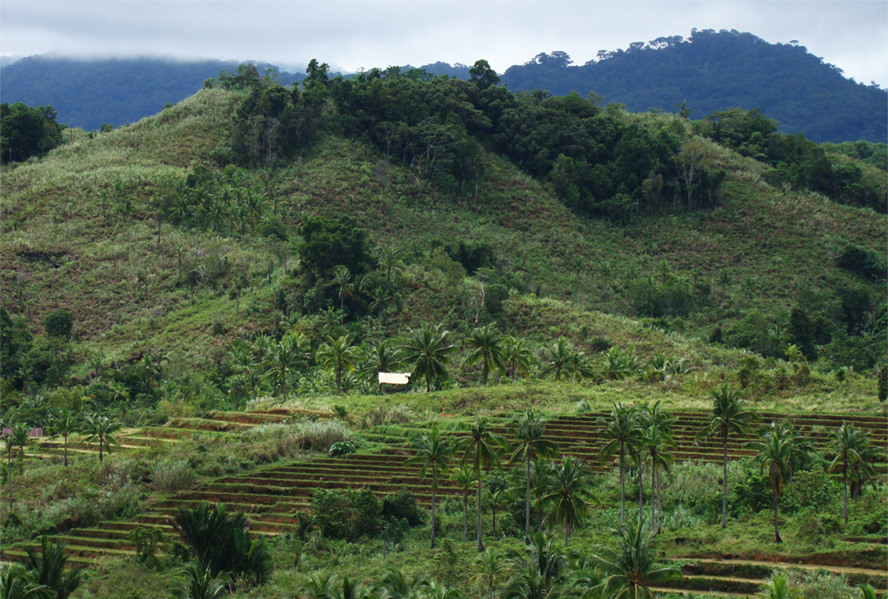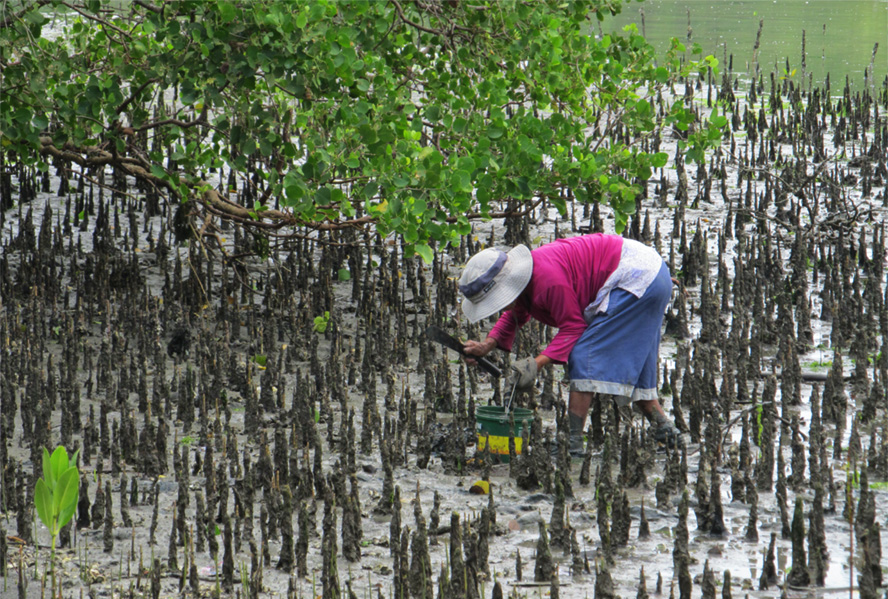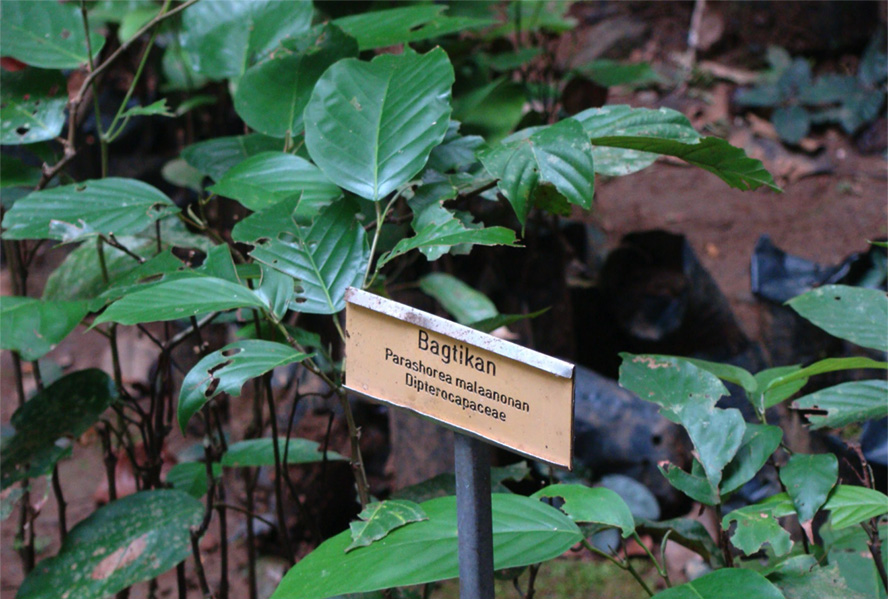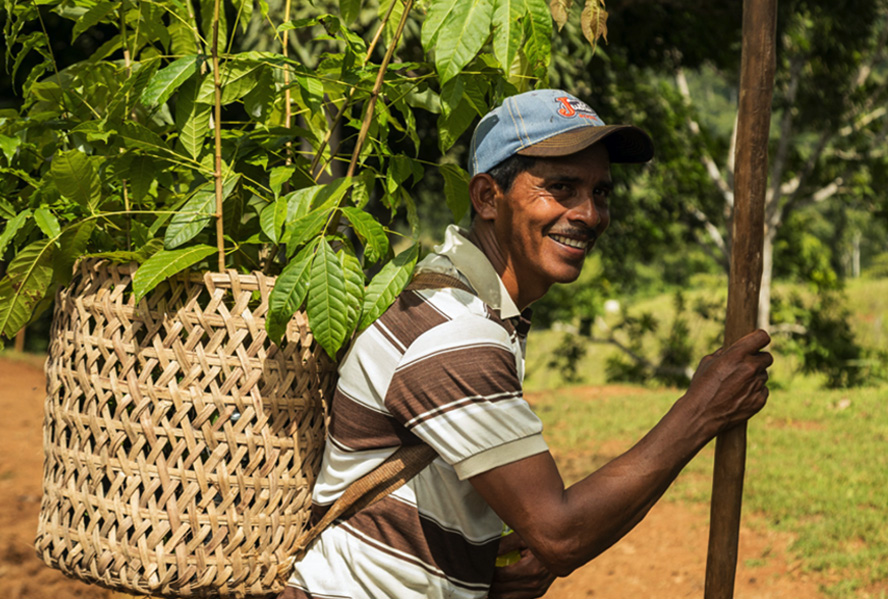Welcome
Welcome to the Tropical Restoration Library, a multidisciplinary resource to support restoration training, research, and implementation around the world. Explore literature, guides, and case studies from many sources and perspectives.
Search
Research by Region
Research by Region
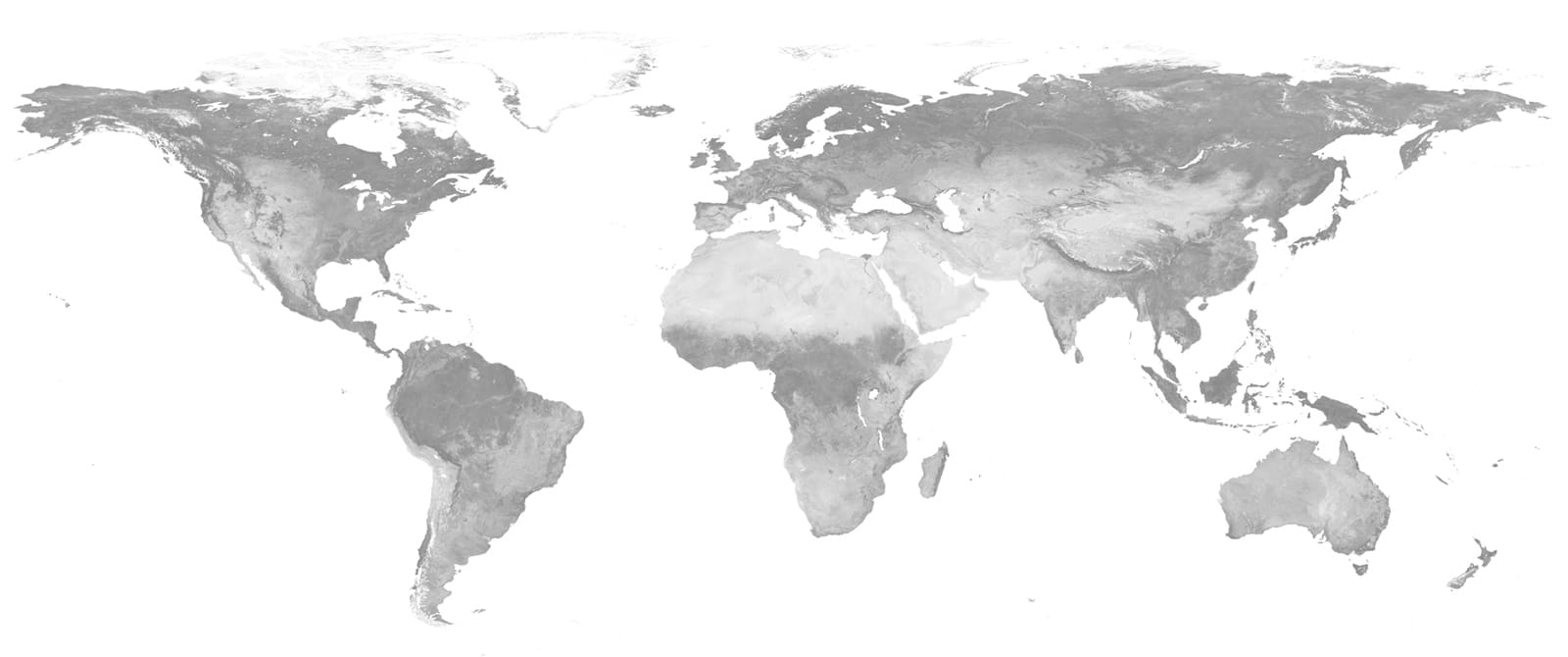
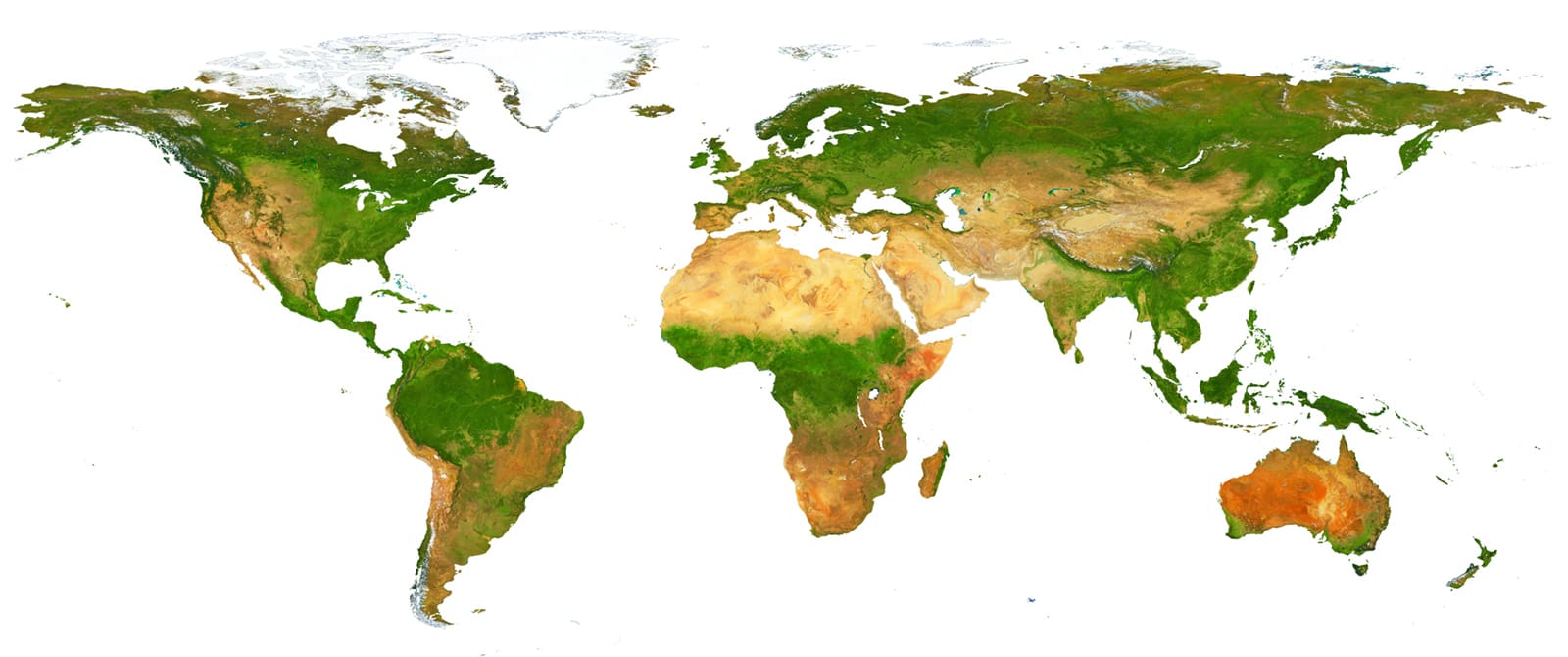
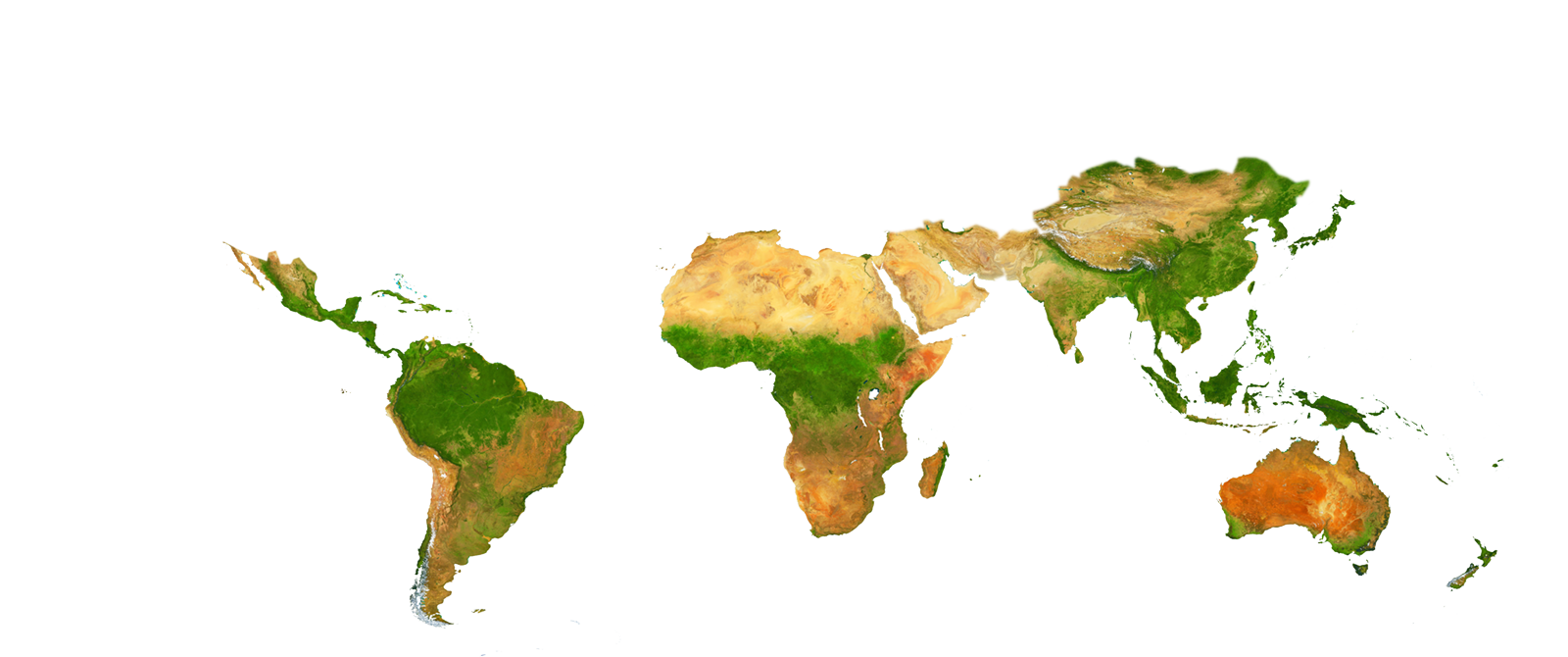






Featured
important social and ecological concepts

Minerals serve as essential raw materials for various industries, including medicine, cosmetics, automobiles, and glass, and provide the foundation for developing modern technologies. However, the extraction of minerals through mining can have profound and often detrimental effects on both the environment and society.
Environmental impacts include deforestation, habitat destruction, soil erosion, depletion of soil carbon reserves/soil fertility, and water pollution (Timsina et al. 2022). Socially, mining can lead to the displacement of communities, conflicts, and health threats to citizens (Azapagic 2004).
Mine reclamation seeks to reverse some of these environmental changes by returning post-mining land to stable and productive landforms that benefit local communities economically (Parrota and Knowles 2001). The following resources highlight mine reclamation strategies employed in various mineral mines in the Global South and their associated environmental and economic impacts.
An eight year old reclaimed site on a large-scale gold mine in the western region of Ghana.
© Fredrick Addai
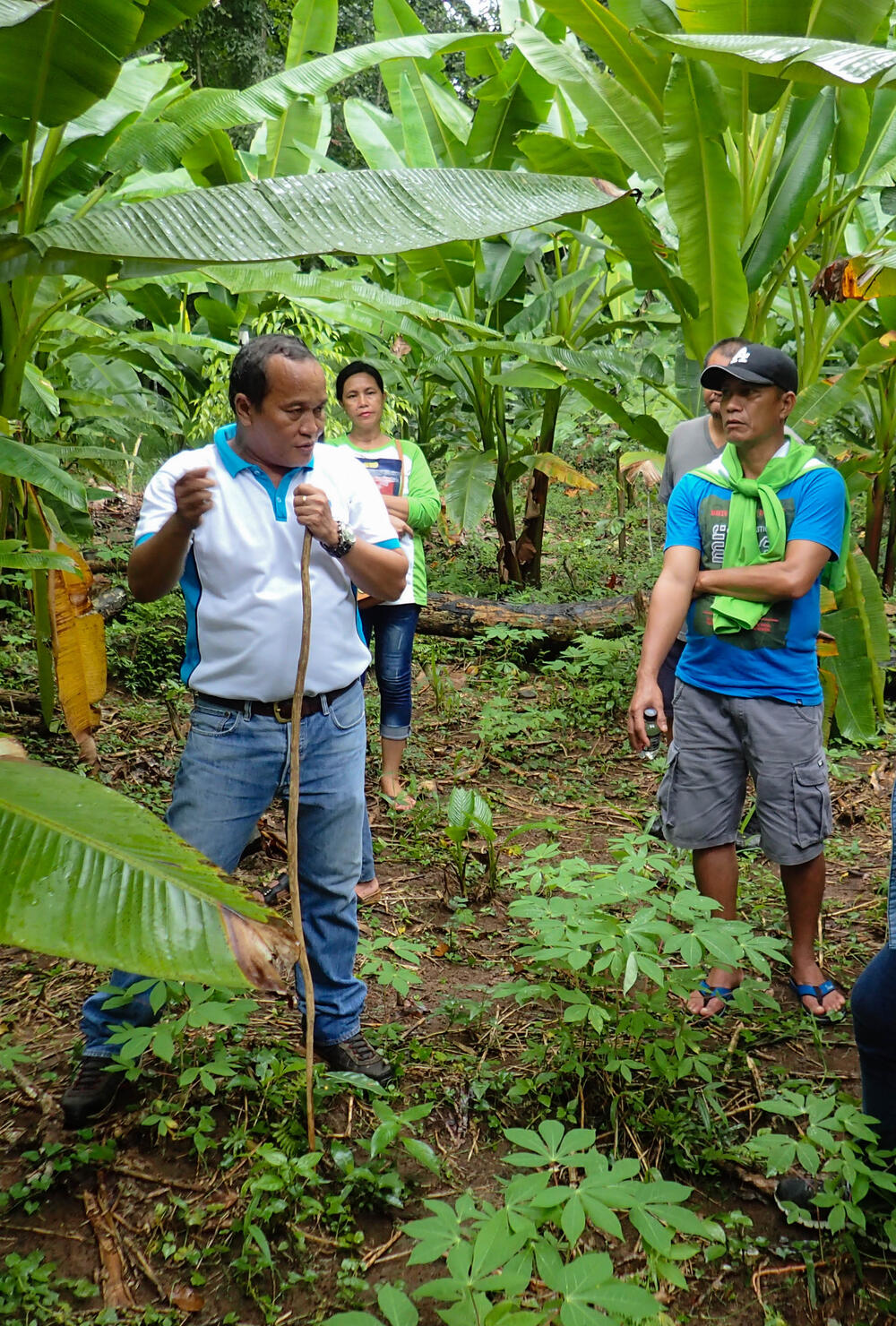
Nature-based solutions (NbS) consist of a suite of sustainable land management approaches including conservation, ecosystem-based adaptation, and ecological restoration, which aim to reduce greenhouse gas emissions and help people adapt to climate change (Cohen-Sacham et al. 2018). Restoring mangroves, for example, contrasts with traditional infrastructure or engineering-based approaches to ecosystem management, such as the use of concrete or steel structures for coastal protection (Browder et al. 2019).
The growing interest in NbS has inspired new projects, research, and initiatives designed to address the many challenges associated with climate change. The following manuals, guides, and articles showcase some of the foundational literature on NbS, describing the motivation, techniques, and key principles behind implementing this approach.
Dr. Marlito Bande describing a strategy of interplanting abaca, a plant that yields extremely strong fiber, with native dipterocarp trees during a training on Rainforestation in the Philippines
© David Neidel
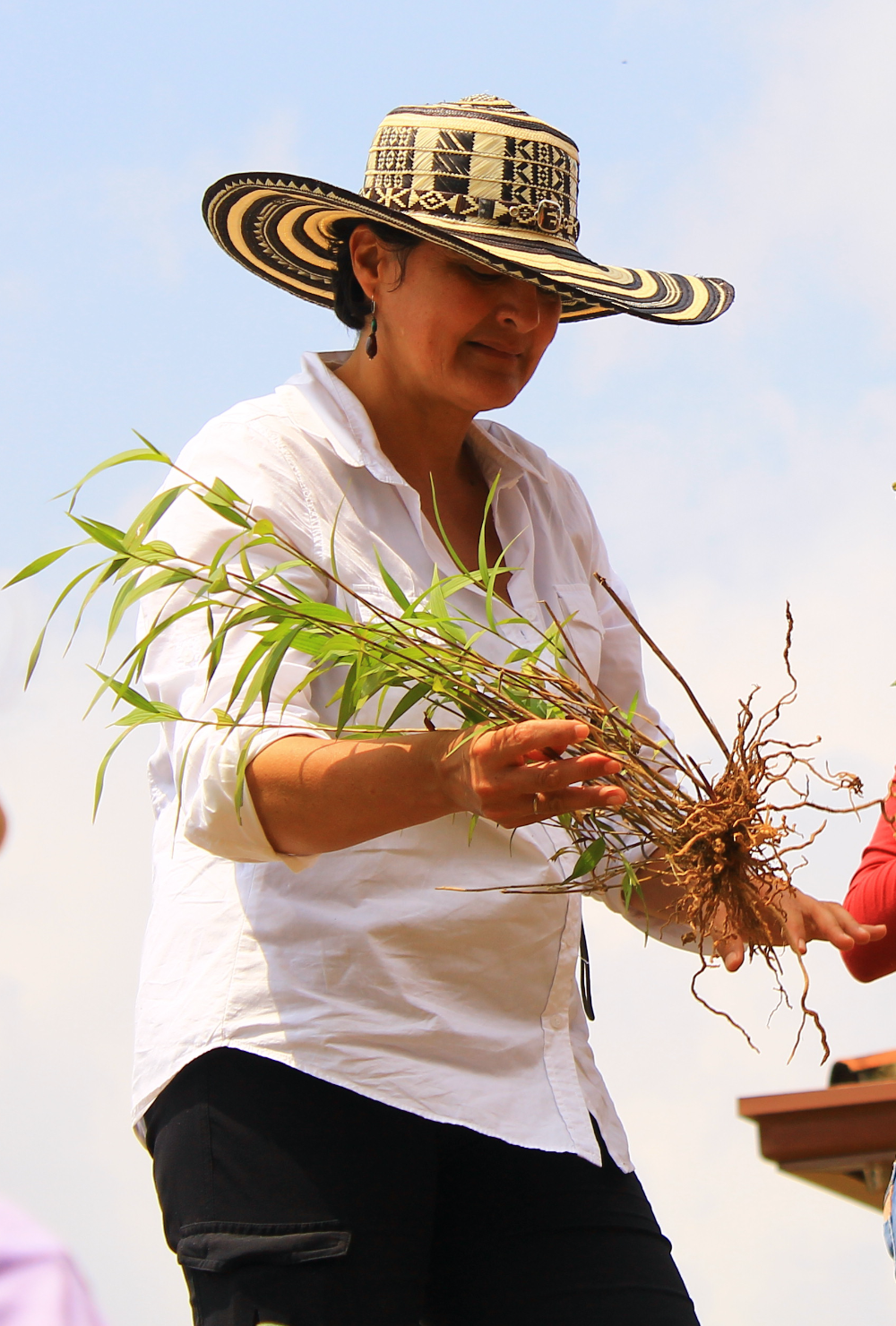
In order to effectively incorporate human needs into forest restoration and conservation, it is important to pursue efforts to protect and enhance the livelihoods and well-being of people involved in or impacted by local land management. Yet, this process is not always straightforward.
These featured articles explore the relationship between forest restoration and local livelihoods. Drawing on case studies from five distinct regions, all exemplify unintended consequences that emerge when local livelihoods are not comprehensively considered and shed light on the complex, multi-dimensional, and multiscale processes that are required to incorporate local livelihoods into restoration initiatives.
Zoraida Calle explains the functions of roots in slope stabilization at an ELTI-supported field course on the restoration of severely eroded land in Santander, Colombia © Melissa Ayala
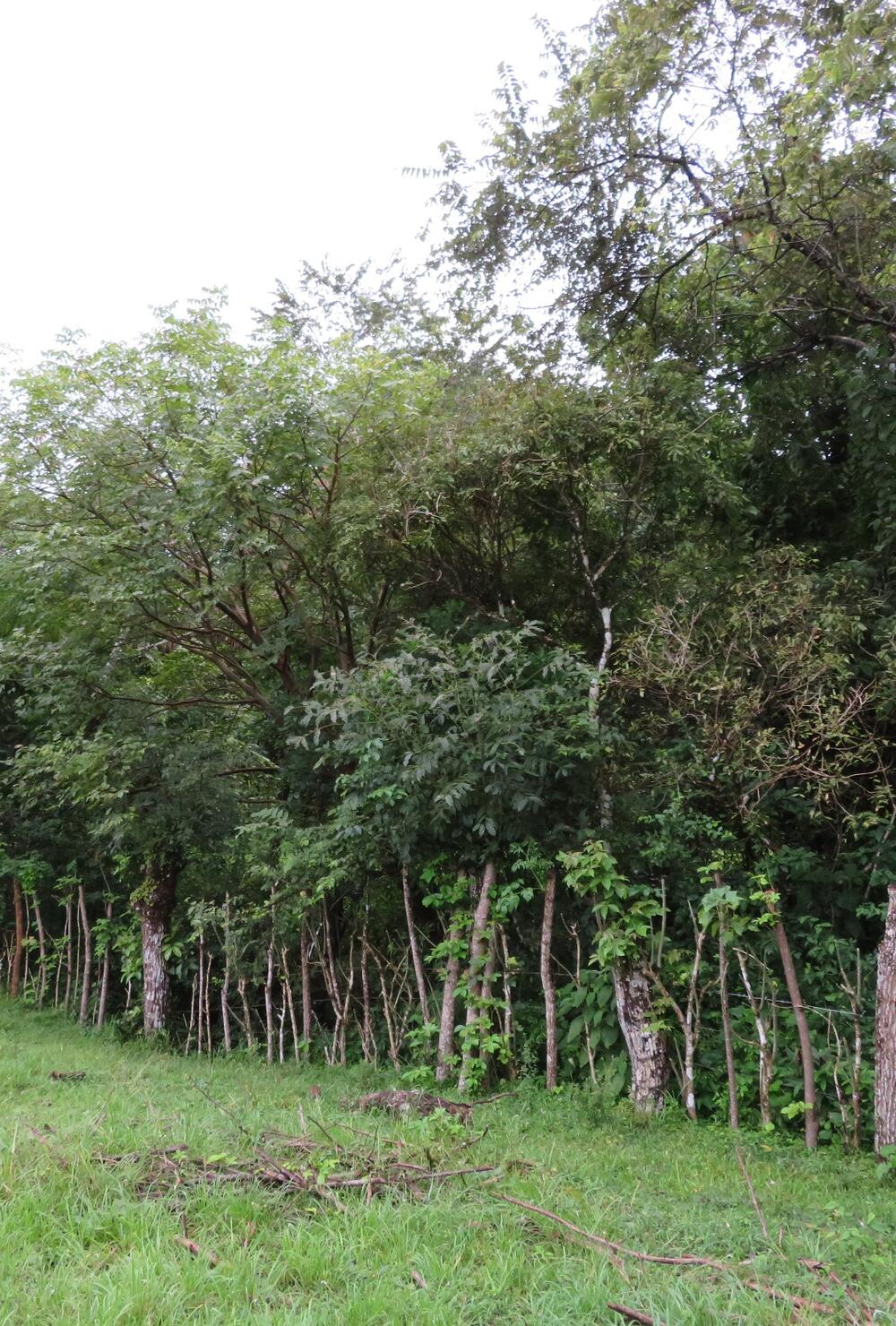
Forest restoration can involve a variety of human interventions ranging from more active methods (i.e. tree planting) to more passive methods (natural and assisted natural regeneration), and the selection of which method to employ from site-to-site depends on a variety of social and ecological factors.
These featured articles detail the multiple facets of assisted natural regeneration (also referred to as passive restoration, natural regeneration, or accelerated natural regeneration) and the benefits, challenges, and application to a variety of regions and forest types.
Natural regeneration in a riparian buffer zone on the El Ñopo farm, Los Santos Province, Panama. Assisted natural regeneration techniques were applied in this site by fencing, weeding, and applying fertilizer around desired tree species. © Jacob Slusser


